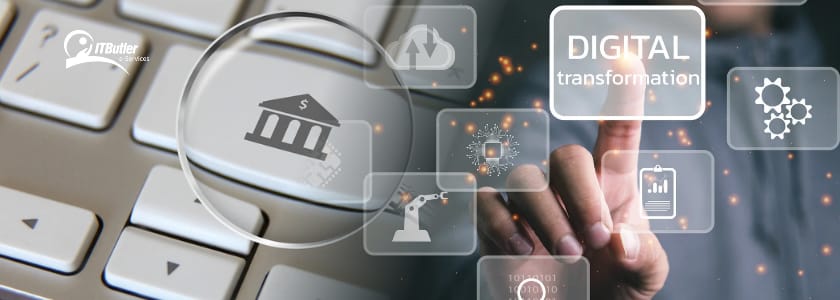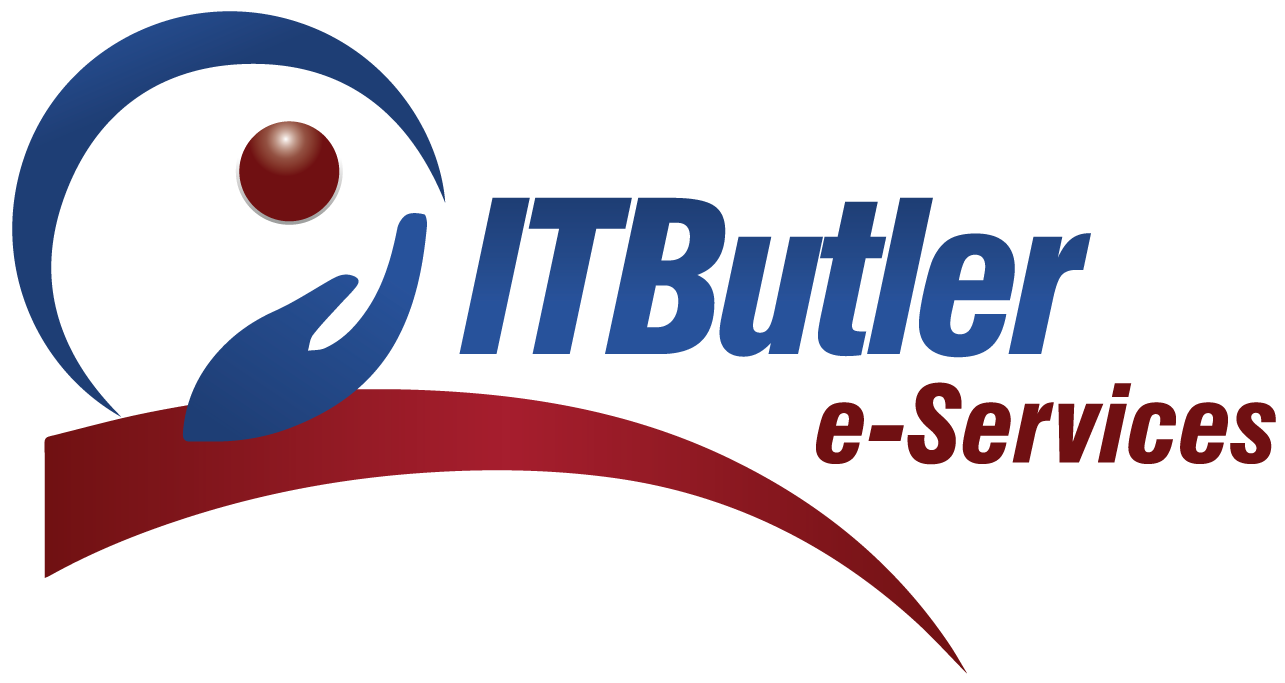Have you ever wondered how digital transformations are modifying the financial industry? Banks and financial institutions are rapidly adopting new technologies to improve services and enhance security. However, with innovation comes responsibility, and ensuring compliance with regulatory frameworks is crucial. SAMA digital transformation compliance has strict regulations designed to create a secure and transparent financial ecosystem.
In this blog, we will explore SAMA digital transformation compliance, its importance, the key regulations that financial institutions must follow, and the challenges they face in achieving compliance. We will also discuss best practices to ensure smooth and compliant digital transformation.
Understanding SAMA Digital Transformation Compliance
SAMA digital transformation compliance may be defined as the guidelines of financial institutions when transitioning to new technologies. Some of the areas covered under these regulations include security, risks, customers, and operational performance.
Moreover, it is the strategic intent that must be pursued to guarantee proper integration of IT modernization objectives. Banks in the Kingdom of Saudi Arabia are currently opening up various services. The use of mobile applications in banking, virtual services, artificial intelligence in customer support, among other innovations, are some of the ways in which the financial institutions are experiencing technological disruption.
However, it is true that with the great power comes great responsibility. So banks need assurance that they meet the SAMA requirements. Hence, they’ll avoid the threats including cyber incidents, operations risks, and data leakage. Noncompliance with SAMA frameworks for digital transformation has consequences that may include legal consequences, and a negative organizational image.
Why Is Digital Transformation Compliance Important?
With the advent of digital transformation, several advantages are attained they include the following.
- Improved customer experience: Faster, more efficient banking services.
- Enhanced security: Moreover, stronger protection against fraud and cyber threats.
- Operational efficiency: Automation helps to minimize the number of manual cocks and mistakes.
- Data-driven decision-making: Analytics help in financial management insights from the AI system.
However, without the principles of SAMA for IT modernisation, it is costly to face financial loss, leakage of the data, and penalties.
Key SAMA Regulations for Digital Transformation
To make sure that digital transformation does not pose a threat to the security of the firm, SAMA has conditioned digital transformation.
1. Data Protection and Security Measures
Banks must use higher-level security codes while storing and transferring customer information. Encryption ensures that the data being transmitted cannot be read if intercepted. Therefore, to strengthen security, it is crucial to ensure that only authorized individuals can access customer details.
2. IT Infrastructure Modernization
Financial institutions must modernize their IT systems while ensuring security and compliance with SAMA digital transformation compliance. However, this involves adopting new technologies such as cloud computing, AI, and blockchain while following regulatory guidelines.
Cloud computing solutions must align with SAMA’s cybersecurity regulations. Cloud storage and processing offer scalability and efficiency but must be secured through compliance measures.
3. Cybersecurity and Risk Management
Banks must develop a strong cybersecurity framework to protect against hacking attempts, fraud, and malware attacks. So financial institutions are required to implement multi-factor authentication (MFA) for customer logins and critical transactions.
Moreover, AI-driven fraud detection systems should be integrated to track and analyze customer transactions for suspicious activity. These systems can identify potential fraud attempts and prevent financial crimes before they occur.
4. Customer Data Privacy and Transparency
SAMA requires banks to obtain explicit customer consent before collecting personal data. Banks must fully inform customers about how their data will be used and communicate policies on data usage. They must also provide transparency regarding how they store, process, and share customer information with third parties.
Financial institutions must ensure that customers have control over their data, allowing them to request modifications or deletions if necessary.
5. Digital Banking and Fintech Compliance
Banks offering digital banking services must follow strict compliance standards to protect user data and ensure secure financial transactions. Moreover, SAMA has developed comprehensive guidelines for digital banking platforms to safeguard customer assets.
Fintech partnerships require regulatory approvals before they can operate in the financial sector. A company collaborating with a Saudi bank must meet SAMA digital transformation guidelines to ensure compliance.

Challenges in Achieving SAMA Compliance
While SAMA compliance for IT modernization offers many benefits, financial institutions face several challenges:
1. Regulatory Complexity
- Firstly, keeping up with evolving SAMA regulations for digital transformation is challenging.
- Compliance requires continuous updates and adjustments to digital systems.
2. Cybersecurity Threats
- Hackers are developing new techniques to breach financial systems.
- Moreover, banks must constantly update security protocols to stay ahead of threats.
3. Cost of Compliance
- Implementing secure IT infrastructure and compliance tools is expensive.
- Smaller financial institutions may struggle with high compliance costs.
4. Customer Data Privacy Concerns
- Hence, banks must balance data-driven innovation with privacy regulations.
Best Practices for Achieving SAMA Digital Transformation Compliance
However, to successfully adopt digital transformation while maintaining compliance, financial institutions should follow these best practices:
- Adopt a Compliance-First Approach: Prioritize regulatory compliance in all IT modernization initiatives.
- Regular Audits and Risk Assessments: Further, conduct periodic audits to ensure that digital systems comply with SAMA regulations.
- Invest in Advanced Security Measures: Use AI-driven cybersecurity solutions to detect and prevent threats.
- Train Employees on Compliance: Educate staff on SAMA guidelines and the importance of data protection.
- Collaborate with Regulatory Authorities: Moreover, work closely with SAMA to stay updated on new compliance requirements.
Thus, banks can ensure that their digital transformation efforts are secure, compliant, and customer-friendly.
Final Thoughts
Digital transformation is reshaping the financial sector, but compliance with SAMA regulations for digital transformation is essential for security. With these SAMA guidelines, banks can harness the power of technology while maintaining trust and regulatory compliance.
Moreover, with SAMA’s digital transformation guidelines, financial institutions can:
- Integrate new technologies securely
- Protect customer data from cyber threats
- Moreover, improves operational efficiency
- Maintain regulatory compliance
Thus, a strategic approach to compliance allows banks to embrace digital transformation confidently, ensuring long-term success.






